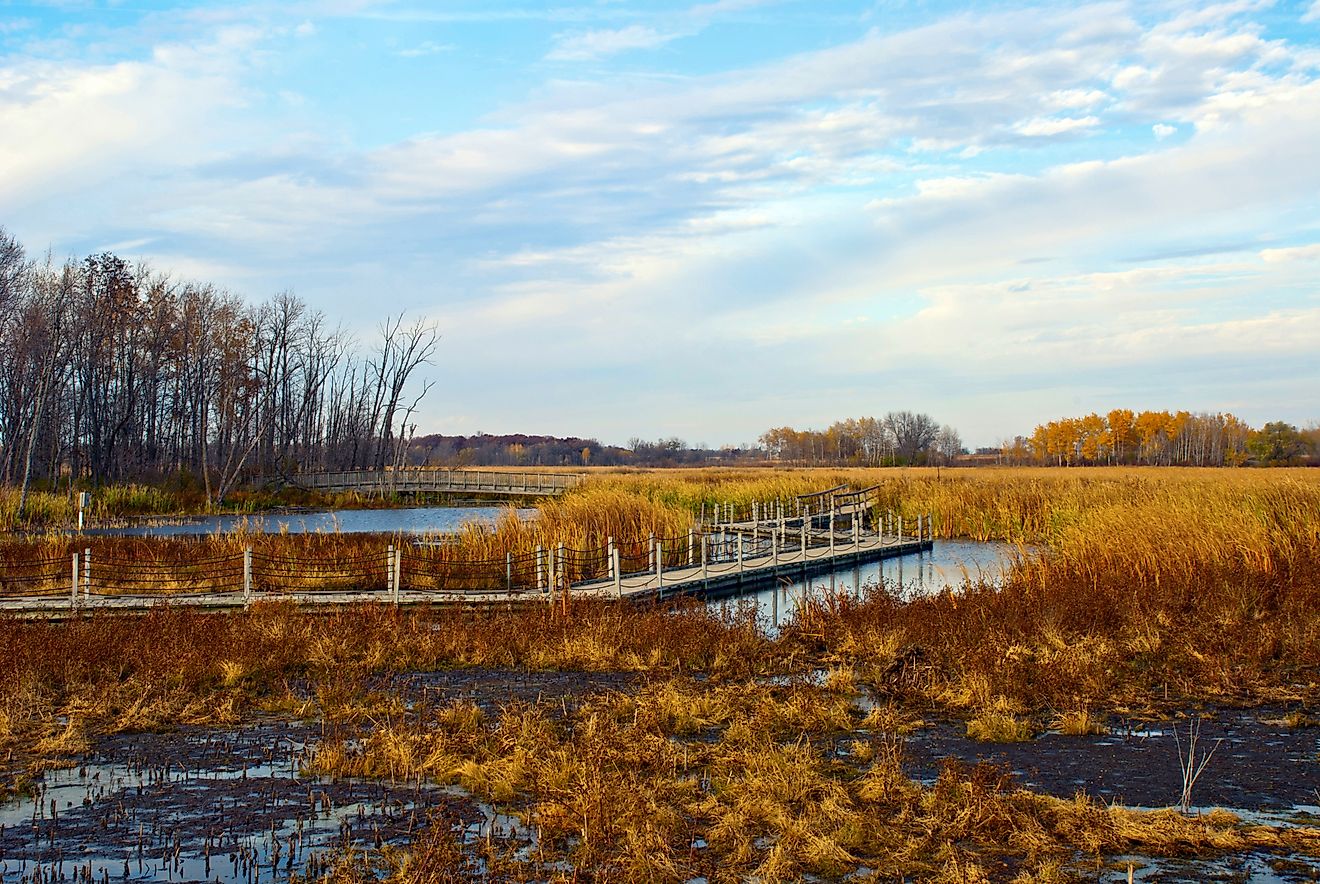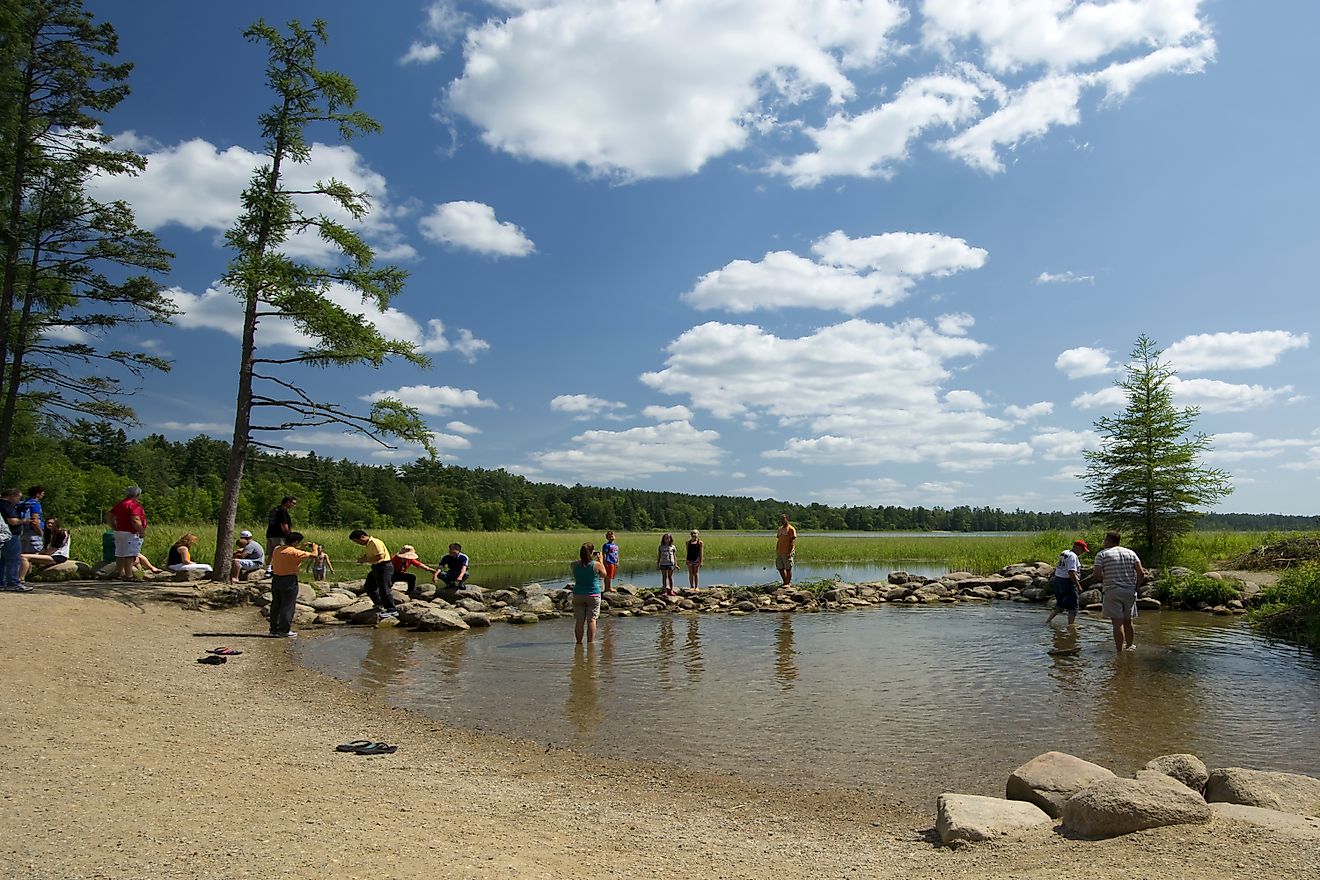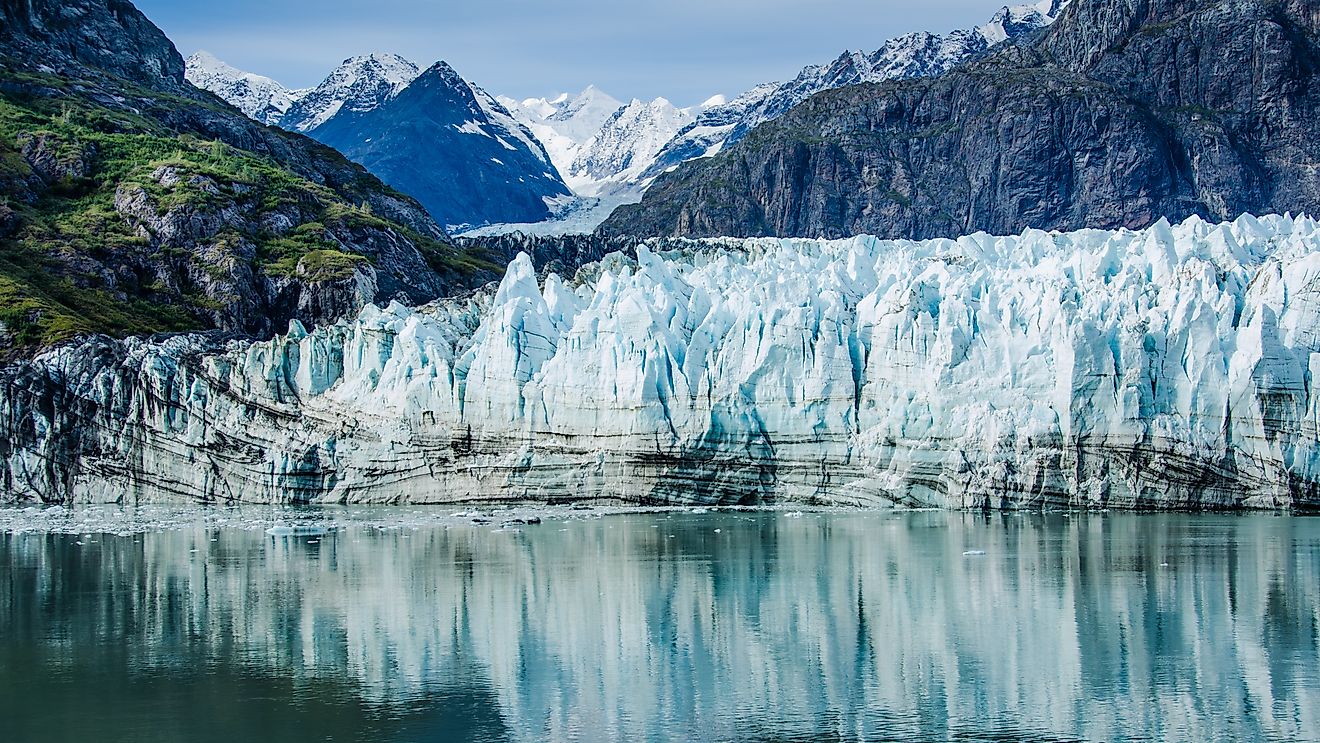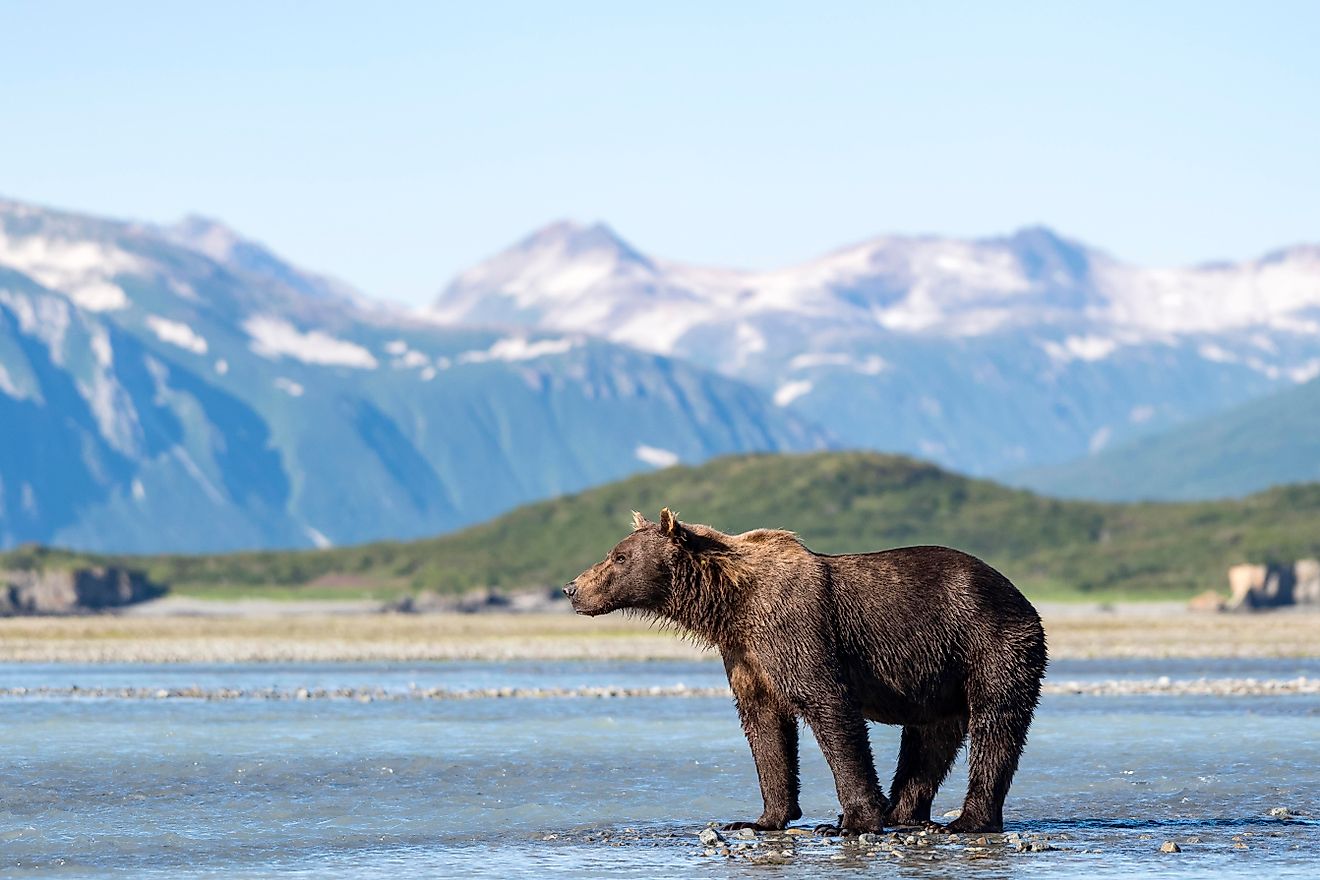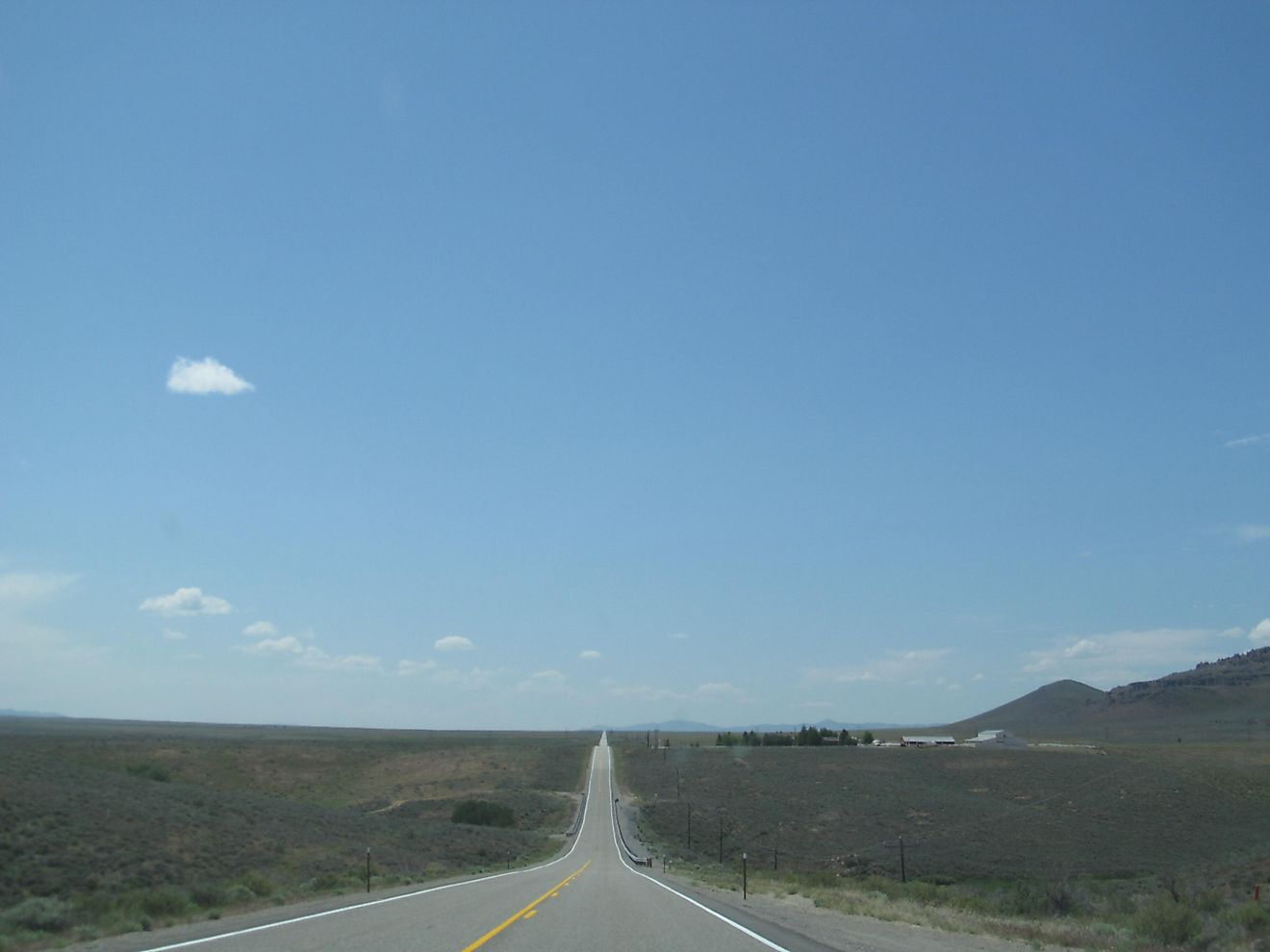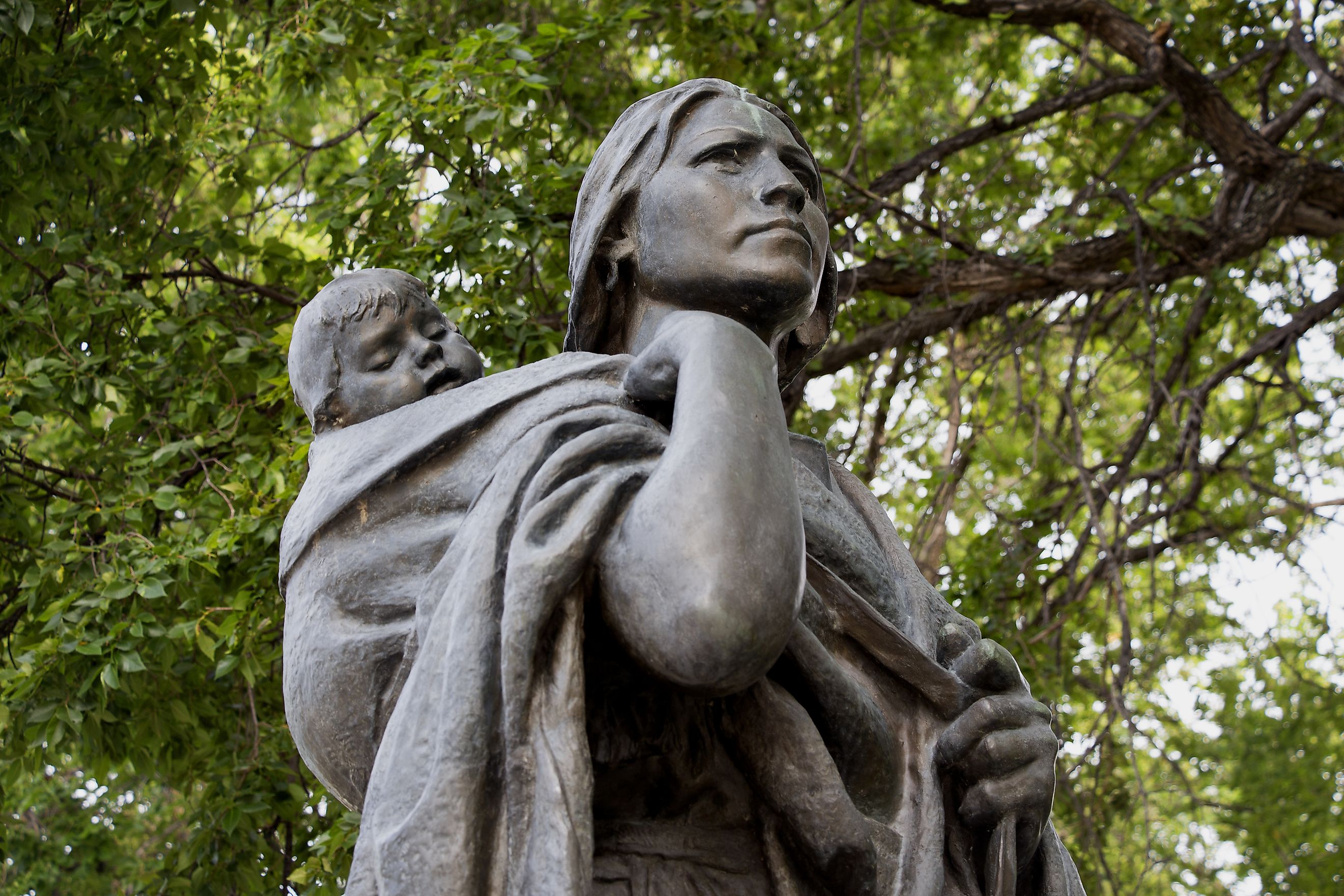
The History of the Lewis and Clark Expedition in North Dakota
In the early 19th century, the American frontier was a vast, uncharted area that attracted explorers with the promise of discovery and adventure. The Lewis and Clark Expedition, officially known as the Corps of Discovery, was one of the most important exploratory missions in US history. It mapped the unknown regions of the American West, built essential relationships with Native American tribes, and expanded the nation's understanding of its newly acquired lands. North Dakota played a key role in this historic journey, serving as a central point of interaction between the explorers and indigenous peoples, as well as a vital location for the expedition's survival and success.
The Call to Adventure Begins
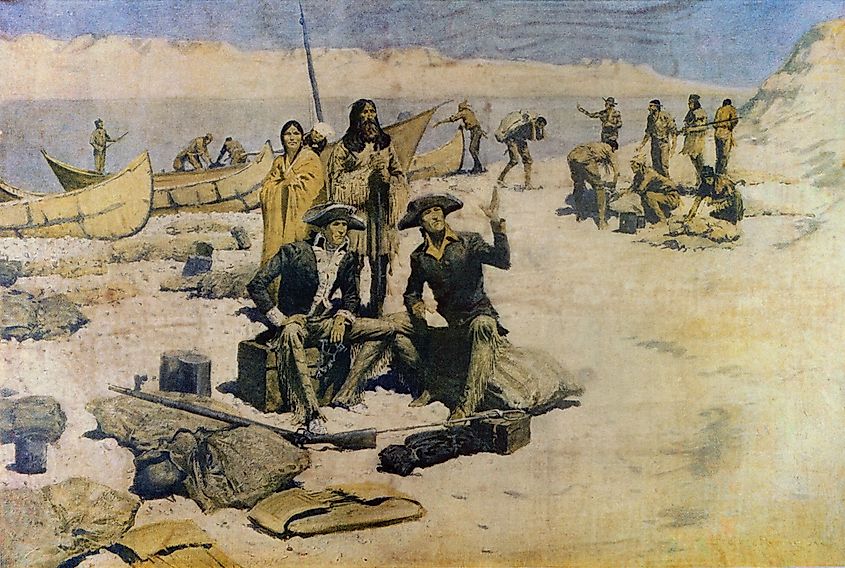
The journey of Lewis and Clark in North Dakota began on the banks of the Missouri River, where the explorers experienced the excitement of adventure. This part of their expedition wasn't just about discovery; it was a quest filled with challenges that tested their strength and determination. As they moved through unfamiliar land, their interactions with Native American tribes provided valuable insights into the diverse cultures that existed long before Europeans arrived.
The stunning landscapes, from rolling hills to dense forests, served as a vibrant backdrop for their journey, motivating them to explore further into the unknown. Each day presented new challenges, if it was dealing with tough weather or finding food, but it also built a sense of teamwork among the crew. In these moments, the explorers truly felt the pulse of America and the opportunities for discovery that awaited them.
First Encounters with Indigenous Tribes
As Lewis and Clark ventured deeper into North Dakota, they met several Indigenous tribes, each with their own unique cultures and traditions. These early encounters were important because they not only gave the explorers essential information about the land but also encouraged peaceful interactions that shaped their understanding of the area.
One of the first tribes they met was the Mandan, who greeted the expedition warmly, providing food, shelter, and insights into their lifestyle. The explorers learned about local resources, such as hunting on the prairie and fishing in the river. These interactions built mutual respect and set the stage for future relationships. The tribes' knowledge was invaluable for navigation and survival, turning initial fears into friendships. This spirit of collaboration underscored the significance of cultural exchange during a time of expansion and change in America.
Building Fort Mandan

As winter approached, Lewis and Clark realized they needed a secure shelter to protect their men from harsh weather and potential dangers in the wilderness. In early November 1804, they chose a strategic location near the Mandan village along the Missouri River to build Fort Mandan. The fort was made from timber sourced from the area and included a central blockhouse, living quarters, and storage spaces. Its design was practical and showed the expedition's intention to build relationships with local tribes.
Fort Mandan became a busy center where the crew could rest and restock supplies, and it also served as a base for further exploration. Throughout the winter, the fort fostered a sense of community, as the explorers interacted with the Mandan people and gained valuable skills and knowledge for their journey ahead.
Sacagawea's Indispensable Role
Sacagawea, a Shoshone woman, played a key role in the success of the Lewis and Clark Expedition. Her presence helped build trust, especially with Indigenous tribes, as she spoke multiple languages, which made communication easier. After being captured by the Hidatsa, she married a French-Canadian trapper, Toussaint Charbonneau, who served as an interpreter for the expedition. Sacagawea's deep knowledge of the land and its resources was invaluable, helping the team navigate tough terrains and identify edible plants and medicinal herbs.
Additionally, her strength as a mother—often carrying her infant son, Jean Baptiste—adds to her legacy as a symbol of resilience. Sacagawea's contributions went beyond logistics; she represented collaboration, bridging cultures, and forming crucial alliances that were vital for the expedition's survival and success. Her story continues to inspire and highlight the important roles women have played in history.
The Missouri River’s Treacherous Waters
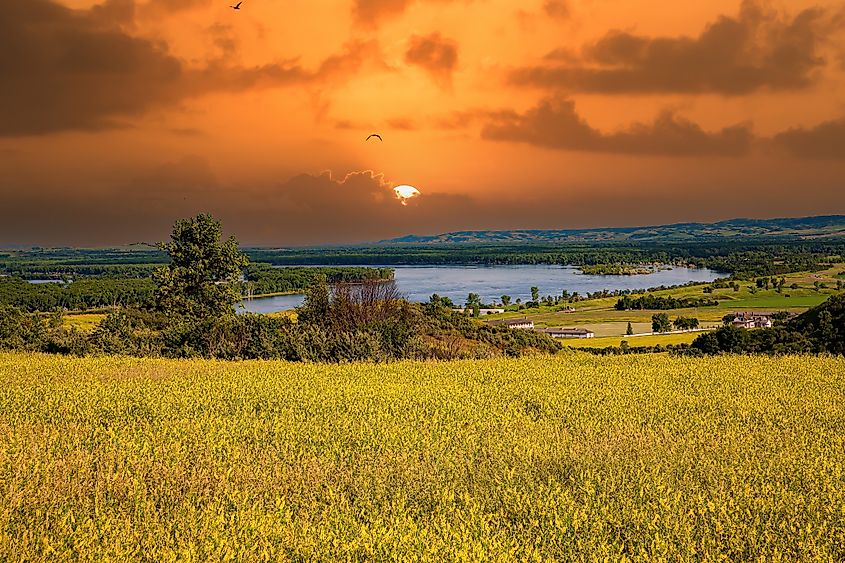
Fort Abraham Lincoln State Park is a North Dakota state park located 7 miles south of Mandan, North Dakota.
The Missouri River, with its winding path and unpredictable currents, posed a significant challenge to Lewis and Clark during their expedition. As they traveled along its banks, the explorers faced rapid changes in the river’s nature, from gentle ripples to strong waves. These tricky waters required constant attention and skillful navigation, testing the crew's determination at every turn. The risk of capsizing was always present, especially during storms when the river swelled and debris filled the water.
Despite these obstacles, the explorers were committed to using the river as a crucial means of transportation. Their experiences on the Missouri taught them the value of teamwork and resourcefulness while enhancing their appreciation for the wild beauty of the American landscape. Each encounter with the river’s power reminded them of nature’s dominance and the adventurous spirit that propelled them forward.
The Harsh Winter of 1804-1805
The winter of 1804-1805 was a tough challenge for Lewis and Clark and their crew as they dealt with freezing temperatures and heavy snow while staying at Fort Mandan. The conditions were harsh, with temperatures dropping well below freezing and strong winds blowing through the area. The explorers had to manage their limited supplies and keep up morale during the long, cold months. Their interactions with the Mandan people were crucial during this time, as the tribe provided important resources and survival tips, including ways to preserve food.
The crew's teamwork was tested but grew stronger through their shared struggles. Many nights were spent around the fire, sharing stories and planning their next steps. This winter not only built their resilience but also deepened their respect for the challenging wilderness they aimed to explore.
Cultural Exchanges and Diplomacy
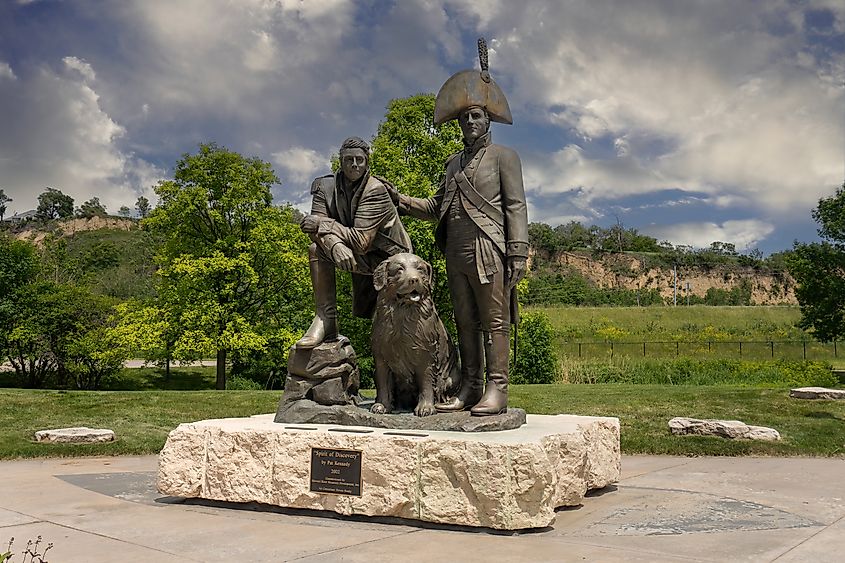
The encounters between Lewis and Clark’s expedition and Indigenous tribes played a key role in promoting cultural exchanges and diplomacy. The explorers understood the value of respectful dialogue and aimed to build alliances with tribes like the Mandan, Hidatsa, and Shoshone. Their interactions were based on mutual respect, with Sacagawea’s language skills serving as an important connection. By sharing knowledge about navigation, local resources, and survival techniques, both sides benefited. The explorers learned about hunting methods and edible plants, while Indigenous peoples discovered European tools and trade goods.
These diplomatic relationships helped reduce potential conflicts and laid the groundwork for future interactions. Ultimately, the cooperation shown during the expedition underscored the importance of cross-cultural communication during a time of change, influencing both the explorers' journey and the Indigenous communities they met.
The Intersection of Cultures
The Lewis and Clark Expedition's journey through North Dakota was an important part of American history, highlighting exploration, diplomacy, and discovery. Their interactions with the Mandan and Hidatsa tribes not only helped them survive but also encouraged cultural exchanges that benefited both groups. By carefully documenting and mapping the area, Lewis and Clark set the stage for future exploration and settlement, offering valuable insights into the region's natural resources. Their teamwork and leadership demonstrated the resilience and spirit of early American explorers. Overall, the expedition represented a quest for knowledge that helped the young nation progress, leaving a lasting legacy that still reflects the spirit of exploration today.
